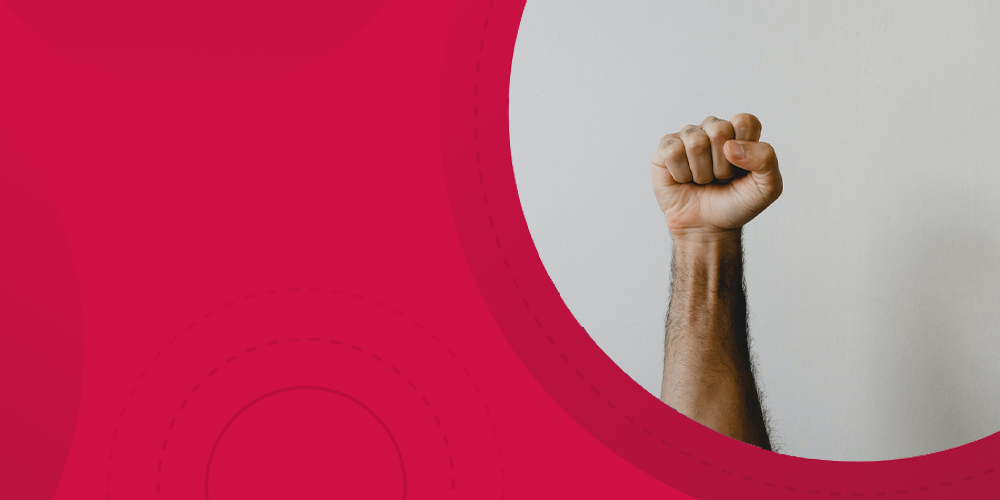“Strength lies in differences not in similarities” as the educator, author and businessman, Steven Covey once said. However, it seems that nowadays we frequently need to be reminded of this and challenged on our diversity approach. Be it default or intentional, too often in life we can be found adopting the same patterns. Of course, this is largely human nature. Despite each of us being unique, we share innate commonalities and biases that can have a larger impact than we may realise. The ‘Affinity Bias’ is a classic example of how our innate default for liking those who share similarities or features relatable to ourselves results in us naturally gravitating towards them and liking the individual more. Whilst this may have advantages in some respects, for instance when making new friends where having things in common can be the foundation of many friendships, it can restrict us in the workplace.
Typically around 85% of companies feel increasing diversity is a priority, and given the importance of Diversity and Inclusion (D&I) issues, you would think we should all be experts at building this into our strategies, future visions and recruitment processes, with the hope that it becomes our new norm. But despite the frequent messages, blogs and webinars on the topic it seems we may still have a way to go. For those companies that have managed to adopt the new norm and actively champion D&I throughout their processes, what they do with this going forwards is where the real difference lies. David Rivel from Pathmotion (pathmotion.com) recently highlighted the importance of this angle of D&I in the Institute of Student Employers (ISE) webinar on diversity.
You can listen back here:
https://ise.org.uk/events/EventDetails.aspx?id=1307641
There has been a big focus on key areas of diversity such as gender, ethnicity and class, to name a few, and most companies claim to be addressing these aspects of D&I. However, as Rivel points out, despite these conscious efforts and use of active D&I campaigns and programs, only 25% of employees within these groups feel that they have benefitted from the programmes. This emphasises the point that no matter how much material is accessible to us, it is having less impact than anticipated. Furthermore, it is reported that 1 in 4 babies born in the UK have a parent who was born outside of the UK, therefore now is the time we should be acting on diversity, as issues with ethnic diversity are likely to increase.
Rivel highlighted the importance of companies needing to ‘get it right’ due to the shortage of the ‘right’ talent, commenting that if companies do not broaden their diversity programmes then they are only hurting themselves as they are limiting their chances of finding strong and suitable talent. It is vital therefore that companies incorporate diversity so that they can outperform their competitors. The CIPD (Chartered Institute of Personnel and Development) report that organisations need to be careful to ensure they have the balance between ‘fit’ and diversity when recruiting for roles. Employers need to ensure that they think about the actual skills and qualities someone needs to fulfil the role rather than who ‘typically suits’ the role best.
So what can companies do to gain competitive edge through attending to D&I in their recruitment strategies? Candidates will want to know about a company’s attitudes towards diversity and how they champion it; for example perhaps the organisation has senior leaders who identify as part of the LGBTQ+ community, or perhaps 50% of those that make up the senior leadership board are female. These factors can be important markers for candidates about the organisation’s approach. Rivel emphasises that we should be sharing such details with candidates; they will want to know how they fit in and whether they will enjoy working for the organisation as a result. This leads to the classic phrase ‘practice what you preach’ - be authentic and live by your claims. It will reflect poorly with candidates if a company claims to be diverse and then are found to send five white males to represent the firm at an event! Even simple changes like having a more relaxed and fluid dress code, which allows employees to express themselves more, can make a difference when it comes to D&I in the workplace. According to Stonewall’s website 18% of individuals identifying as part of the transgender community and 31% identifying as non-binary do not feel they can dress in way that allowed expression of their gender at work. This heavily restricts employees being able to bring their ‘whole selves’ to work, impacting inclusivity.
One of the biggest game changers in promoting D&I in recruitment was found to be the company website. Rivel reports that 57% of potential candidates drop out of the recruitment process after visiting the company’s website. This could be because the website doesn’t contain the key information that potential recruits want to know. For example, simply using stock photos is not enough - we are advised by Rivel to be more specific and personal. Employing techniques such as websites reviews, social media posts, networks the organisation is part of or offer within it, events the company holds/attends and so on, could make all the difference. Think about what candidates may wish to know and what they are looking for: flexible working approach/policies, parental leave, progression, appropriate health care, childcare etc.
A final key take-away from the ISE webinar is around storytelling. Millennials (those born 1980 – 2000) in particular, have been ‘burnt’ early on in life with fake news, and as a result 60% of them believe that information shared by employers is not credible. Naturally, they have learnt to be very suspicious. Therefore, it is proposed that organisations use the art of storytelling to appeal to future employees. This seems logical as 54% of candidates want real life stories from employees, reports Rivel. Such stories provide the desired true accounts and extra insights into the reality of life within the company, rather than just a bland corporate image. Stories could detail how people enjoy their time there, or how someone from a diverse background has found working at the company, or the events and celebrations the company focuses on, and so on.
It is evident that D&I has significant impact on both employers and individuals, and given how culturally and socially diverse society is becoming, it is more important now than ever that workplaces make D&I part of their new norm.
So, what are some of the quick wins when formulating more of a long-term and natural approach to D&I in the recruitment process?
1) Shout it from the roof-tops – update your company website so that it emphasises all of things candidates want to know. If you offer flexible working, make sure people know it!
2) Include the right images - ensure that your recruitment materials and communications include images that represent people from a range of backgrounds.
3) Share stories – social media can be a great platform in addition to the company website to share enlightening stories that champion real-life D&I in the company.
4) Be representative in your people – ensure you have a diverse range of team members in the organisation, representing the company at events and more importantly on your interview panel and at assessment centres.
5) Make the unconscious conscious – this may sound very Freudian for those psychologists amongst you, but challenging unconscious biases (we all have them!) can be a great step to actively changing your D&I approach.
Here at Sten10 we offer expertise in ensuring fair, robust and diverse assessment processes, including unconscious bias training, assessment design, and development centre design – why not drop us an email to find out more hello@sten10.com



